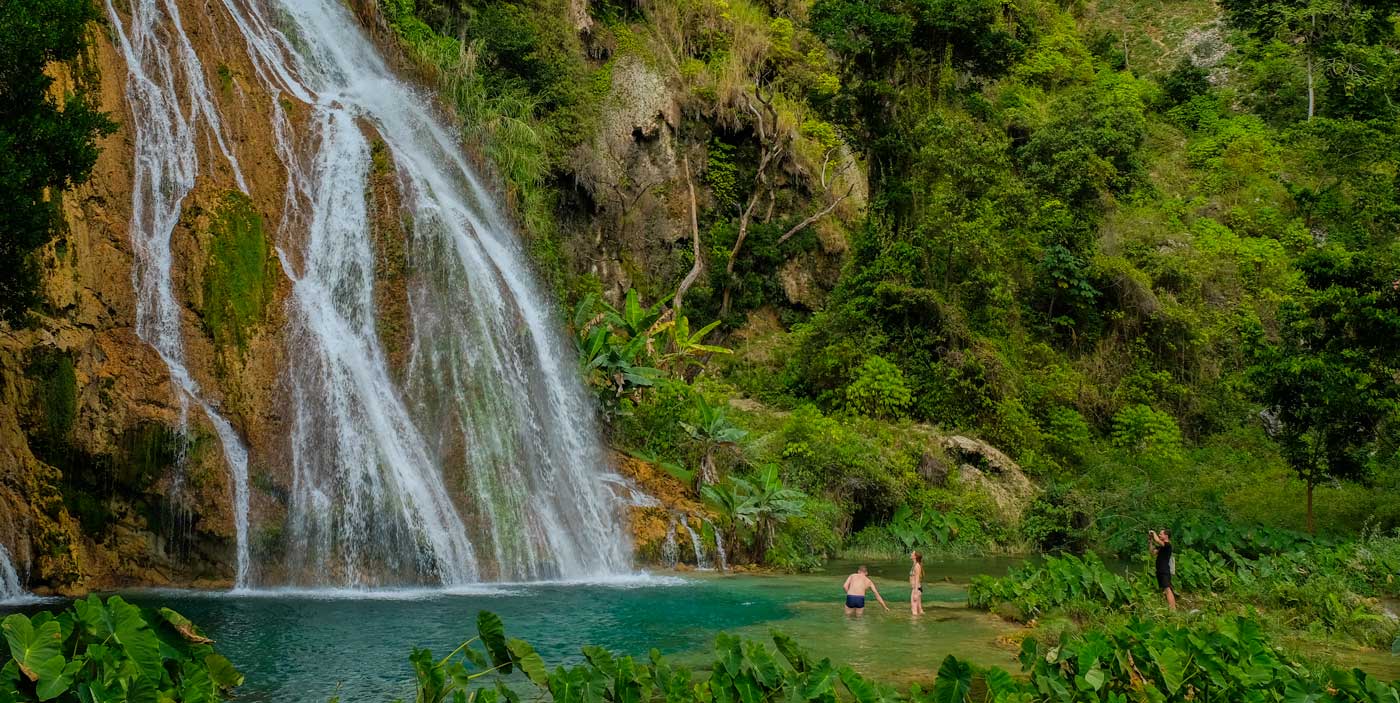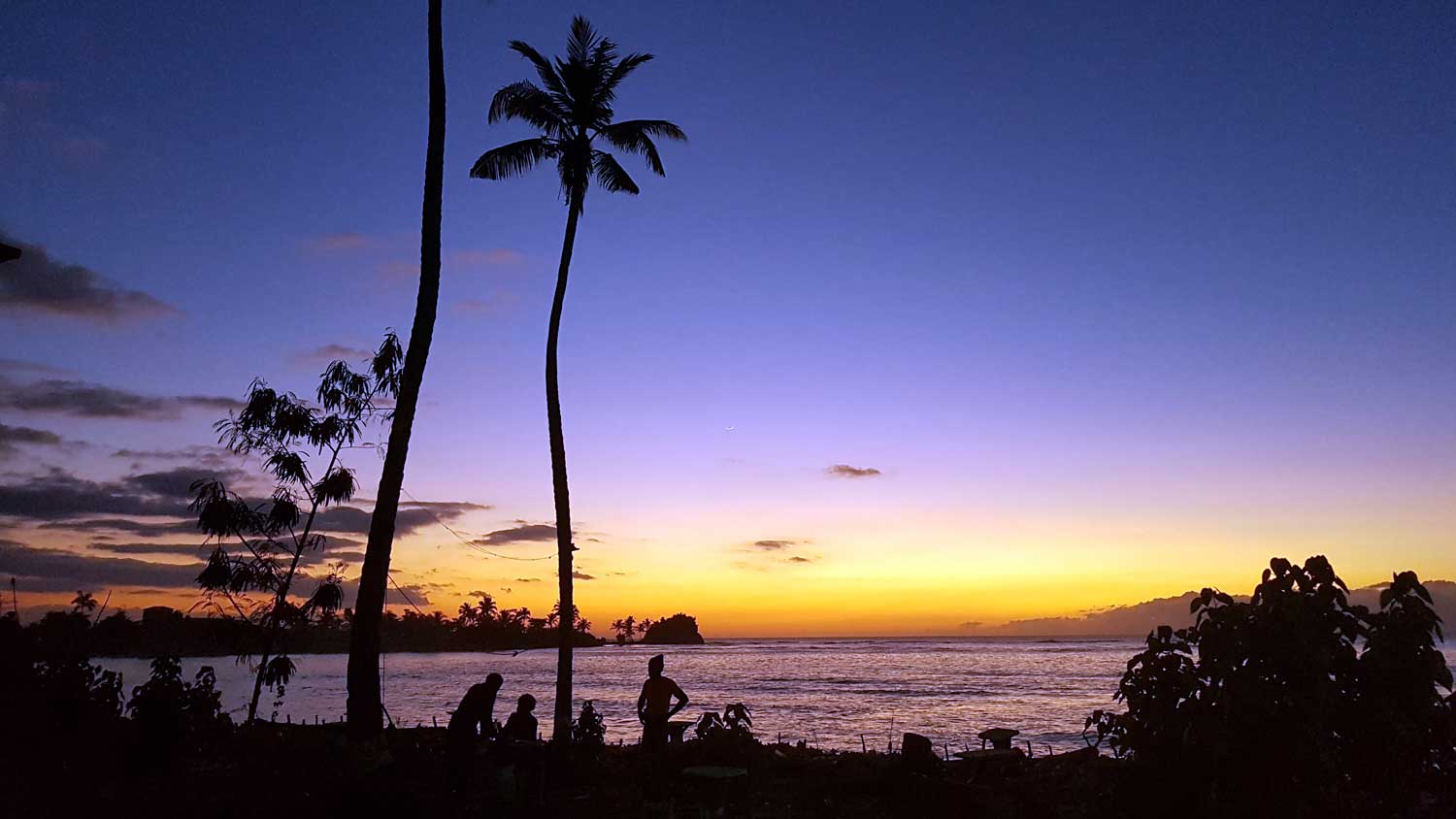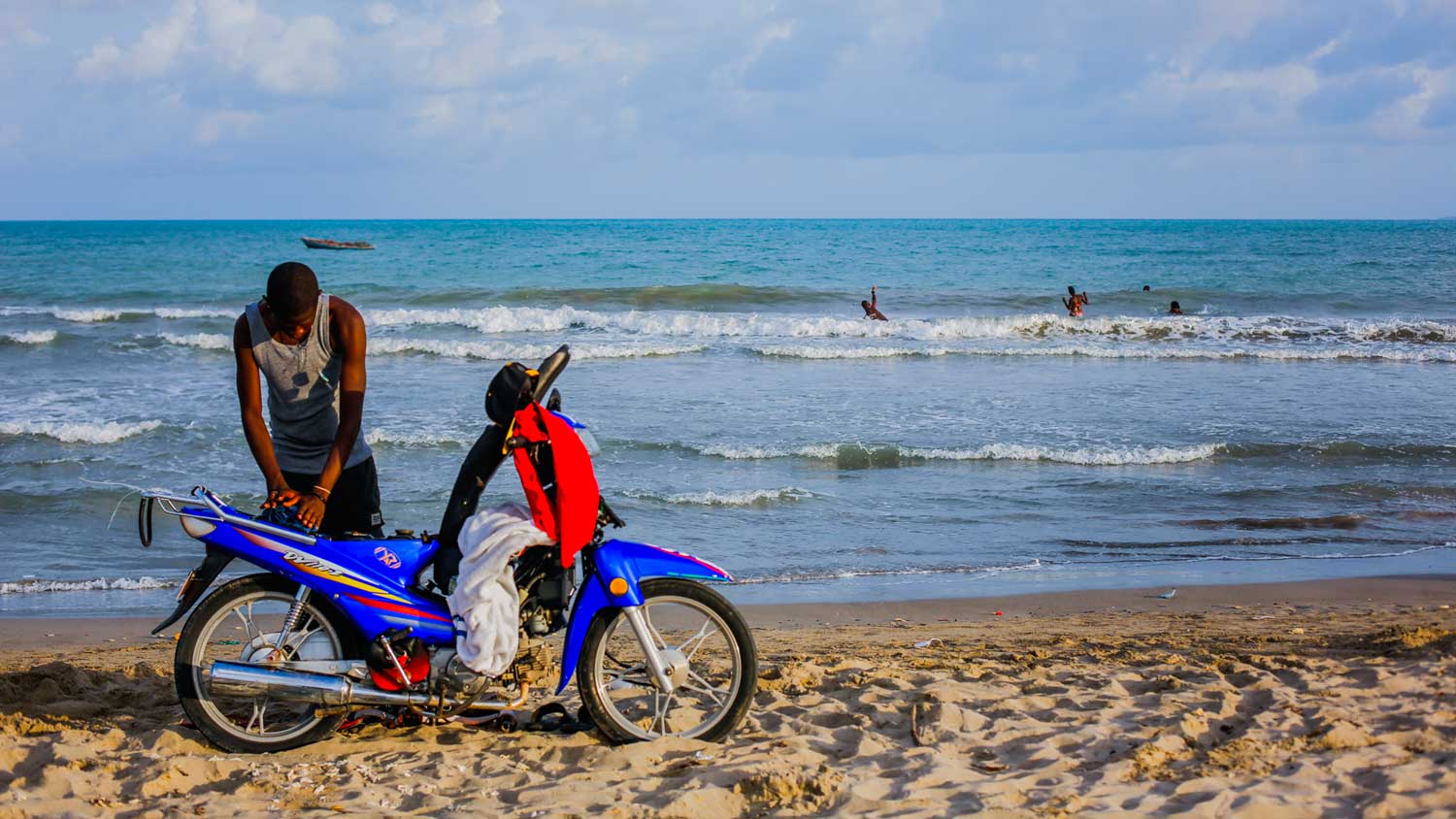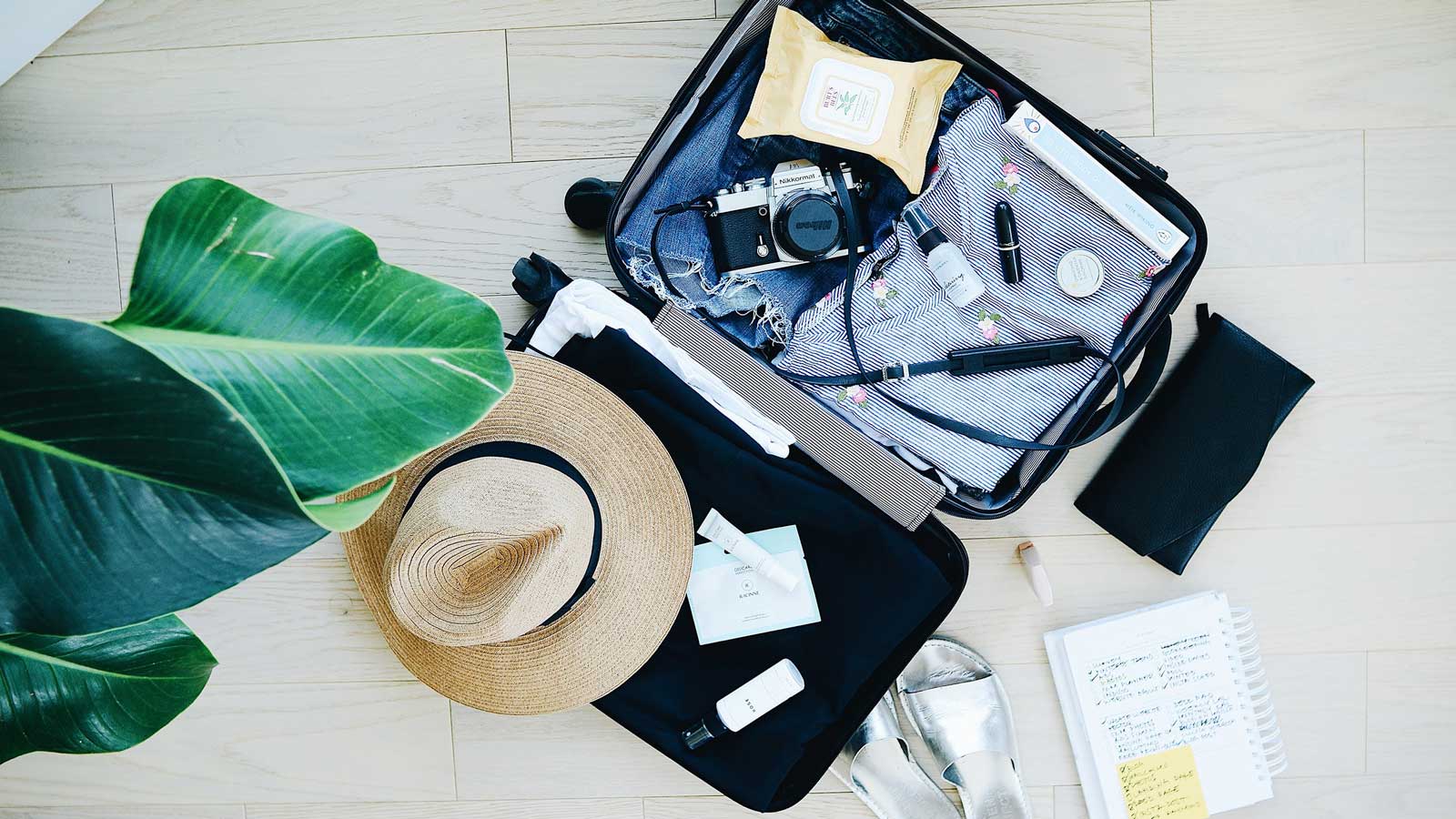
Photo: STIL via Unsplash
What to Pack for Your Trip to Haiti?
Woohoo! You’ve booked your flights and your Hotel! You’re itching to get to out there and soak up some Caribbean sun.
To help you make the most of Haiti’s sultry climate, we’ve compiled a basic packing list. It’s one-size-fits-all, with a bit of the festive and a bit of the active, so feel free to adjust based on your own itinerary.
1. Light, breathable clothes
You’ve booked a getaway in a tropical destination – the heat in Haiti, particularly in the summer, is constant. Fortunately, we know a lot these days about which fabrics are the most reliable under these conditions – cotton, silk and natural fibres will keep you cool and dry. Ultralight wool made by technical travel clothing experts will wick away scent as well as moisture, meaning you can pack less and pack lighter.
Make sure that your wardrobe is mostly made of breathable fabric items that allow you to move freely. You don’t want to feel overheated, sweaty or slowed down while you’re strolling the streets of Cap-Haïtien or climbing to the cliff-top ruins.

Photo: Photo: Ricardo Lartigue
2. Comfortable shoes
Speaking of strolling and climbing, chances are that you’ll be walking around the island quite a lot – even if you rent a car. Most travellers who visit Haiti are looking for a short break that involves more active travel and adventure than your average Caribbean vacation.
Keep your feet happy and ready for more with shoes suited for what you plan to do. You might want to consider: a pair of flexible, breathable hiking boots (or sturdy sneakers that can take a good stomping); sandals that deliver on style and support for the arch; comfortable heels for the nights you’ll want to go party ’til sunrise – because you will; and some classic, well-worn flip-flops for wearing around your Airbnb and at the beach.
3. Something fancy
If the high heels in the previous section were any indication, the nightlife in Haiti is rich and non-stop – people go out all week long, although the weekends are always the peak of the party. Pack something fancy for going out to restaurants and clubs. And if you’ll be in Haiti for a festival, or during Carnaval, pack something extra special to feel at home in the dazzling crowd.
Haitians like to dress up, so party like a local by packing your Friday-night best. Top tip: Haitians tend to dress up even more for dining out than they do for partying.
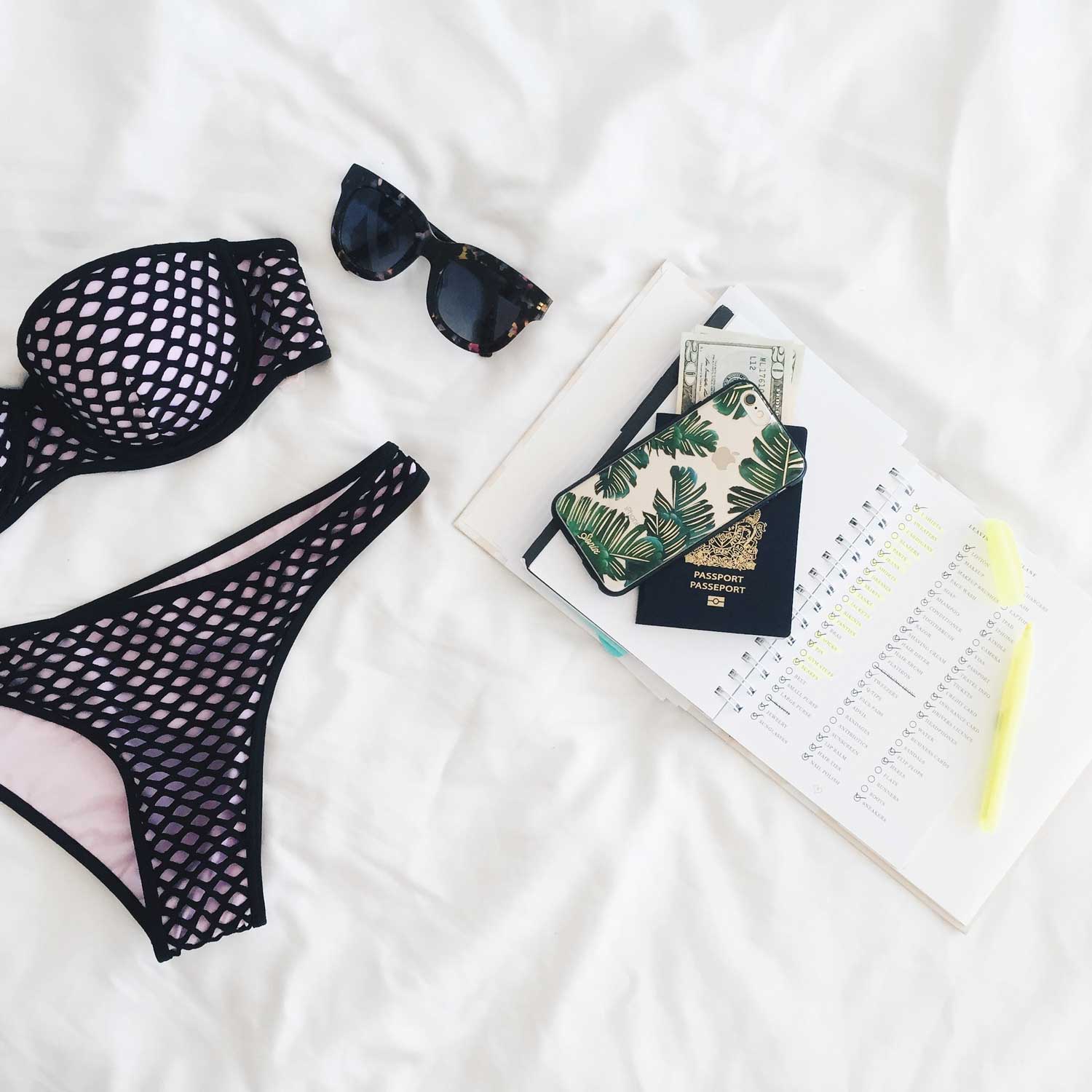
Photo: STIL via Unsplash
4. Beach basics
How many bikinis? How many towels? How many sarongs? This really depends on your wardrobe at home – one of each is enough, but if you have an extra set (or two) of swimwear, bring them too. You’ll be going from beach to restaurant to pool to party to spa, and being able to carry a dry set or two is a nice little luxury.
If your hotel has its own pool and is close to a beach, chances are that they’ll provide you with enough towels to use in your room and by the water. If you’re planning to go free-swimming at one of Haiti’s natural wonders, do pack your own towel to take with you on the hike.
The more advanced will adjust this category as they see fit – water shoes? Snorkel? Fins? Otherwise, a pair of towels, some bikinis, and a coverup are all you need!
5. Take your meds
Before hopping on that plane – actually, before even packing your suitcase, it’s good to think about what medications you might need while on your trip. Make sure you pack enough of your prescription medications to last your entire trip, and throw in any over-the-counter medications you think you might need. Although you’ll find these at drug stores scattered throughout the major cities, it’s always easier to pack half a sheet now than to go looking once you’ve already got a pounding headache.
When you’re getting your shots from your doctor, ask them what else they recommend taking with you, and add it to your survival kit!
6. Tropical self-defense
Mosquito repellent, sunblock, and aloe-vera-rich after-sun gel! Haiti is hiding a wealth of white-sand beaches and jurassic forest trails waiting for you to find them – make sure you can make the most of it by carrying insect repellent and sunblock in your day bag.
Itching and sunburn can really take the fun out of your adventure-packed itinerary or de-stressing time, so be prepared and save yourself some grief. Just remember to pack all this in a separate, transparent bag to make your slog through customs hassle-free.

Photo: Hector Martinez via Unsplash
7. Appliances aplenty
If you’re bringing your phone, laptop, cameras, and other gear on your trip, make sure that you have all of your cords, back-ups, and extra batteries packed. If you have them, spare cables and chargers never hurt – as getting these items in Haiti can prove quite costly.
Pro tip: when packing spare batteries, tape them together so that none of the positive ends can touch any of the negative ends. This will stop your batteries from accidentally losing charge in transit.
8. Papers, please
You’ll want to make sure you have the following items in a Ziploc bag, ready to go: boarding pass (if it’s not digital), passport, wallet, ID, money – in USD, because you do pay a USD $10 tourist fee upon entering the country, and because you’ll need to change it into Haitian Gourdes to get around in the country. It’s also a good idea to write down a few important contact numbers for use while in Haiti, and the street address of your first night’s accommodation.
9. Pack for the occasion
Is there anything that your visit requires you to bring? Extra camera lenses? A cocktail dress? If you can anticipate what you plan to do on the island, this is where those “you never know” items go, for a “you had to be there” experience!
Written by Kelly Paulemon.
Published November 2018
Our recommendations

Paradise for your inbox
Your monthly ticket to Haiti awaits! Get first-hand travel tips, the latest news, and inspiring stories delivered straight to your inbox—no spam, just paradise.









